3-Amino-2-bromopyridine
- CAS NO.:39856-58-1
- Empirical Formula: C5H5BrN2
- Molecular Weight: 173.01
- MDL number: MFCD00234064
- EINECS: 626-782-9
- SAFETY DATA SHEET (SDS)
- Update Date: 2025-01-27 09:38:02
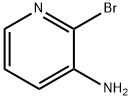
What is 3-Amino-2-bromopyridine?
Chemical properties
Light yellow Cryst
The Uses of 3-Amino-2-bromopyridine
Used in a palladium-catalyzed synthesis of indole systems containing fused medium- and large-ring heterocycles. pyrrole derivatives ahs been prepared using 3-Amino-2-bromopyridine. Used in P-C coupling reaction.
Properties of 3-Amino-2-bromopyridine
| Melting point: | 76-80 °C |
| Boiling point: | 292.5±20.0 °C(Predicted) |
| Density | 1.710±0.06 g/cm3(Predicted) |
| storage temp. | Keep in dark place,Sealed in dry,Room Temperature |
| form | Crystalline Powder |
| pka | 1.72±0.10(Predicted) |
| color | Beige to dark brown |
| Water Solubility | Slightly soluble in water. |
| BRN | 109830 |
| CAS DataBase Reference | 39856-58-1(CAS DataBase Reference) |
Safety information for 3-Amino-2-bromopyridine
| Signal word | Danger |
| Pictogram(s) |
 Corrosion Corrosives GHS05  Skull and Crossbones Acute Toxicity GHS06 |
| GHS Hazard Statements |
H301:Acute toxicity,oral H315:Skin corrosion/irritation H318:Serious eye damage/eye irritation H335:Specific target organ toxicity, single exposure;Respiratory tract irritation |
| Precautionary Statement Codes |
P280:Wear protective gloves/protective clothing/eye protection/face protection. P302+P352:IF ON SKIN: wash with plenty of soap and water. |
Computed Descriptors for 3-Amino-2-bromopyridine
| InChIKey | HKDVVTLISGIPFE-UHFFFAOYSA-N |
3-Amino-2-bromopyridine manufacturer
ALTRAKEM PHARMA LIFE SCIENCES PRIVATE LIMITED
2Y
Phone:+91-9966658228
Whatsapp: +91- 9966658228
product: 39856-58-1 2-Bromo-3-Aminopyridine 99%
Related products of tetrahydrofuran


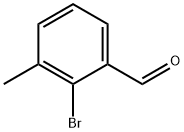
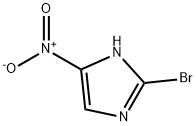

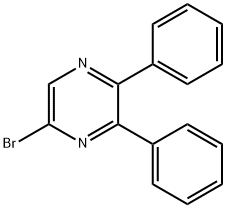
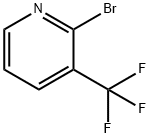

You may like
-
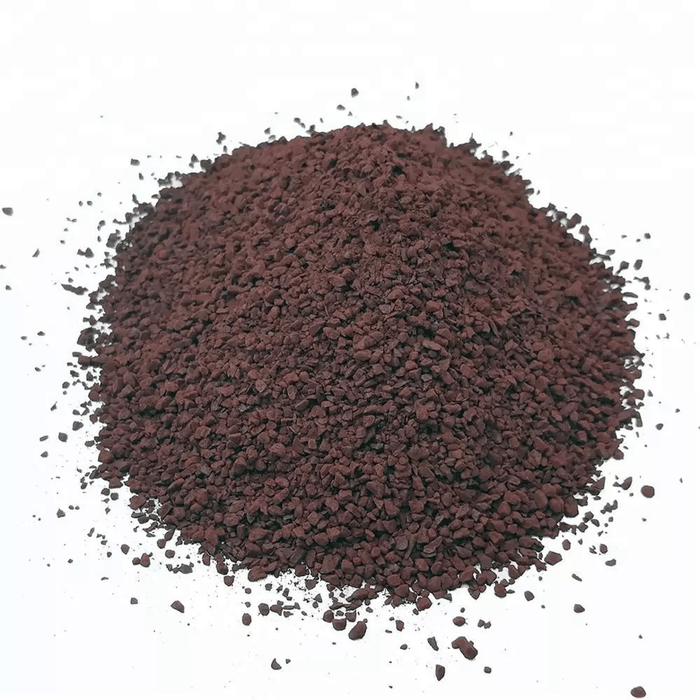 39856-58-1 99%View Details
39856-58-1 99%View Details
39856-58-1 -
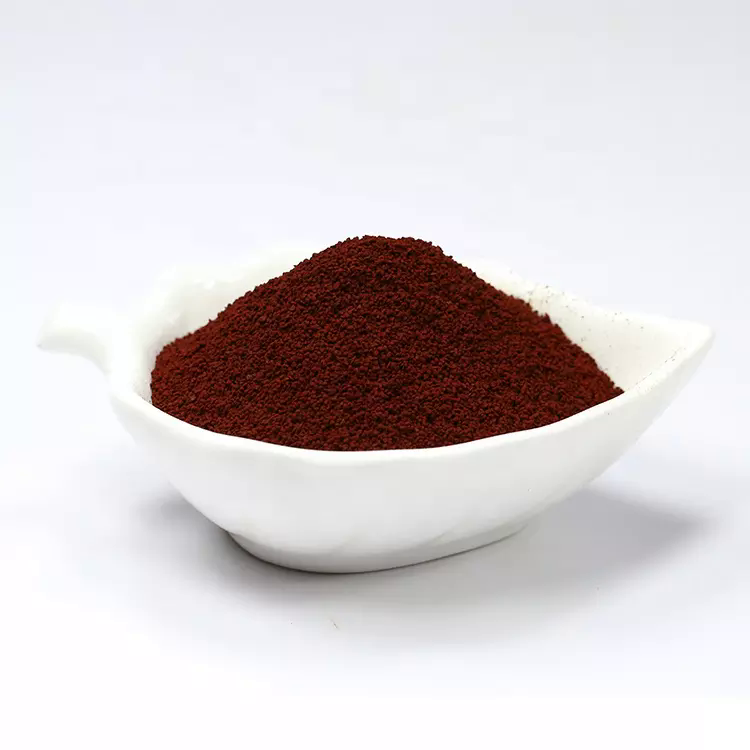 3-Amino-2-bromopyridine 99%View Details
3-Amino-2-bromopyridine 99%View Details
39856-58-1 -
 3-Amino-2-bromopyridine CAS 39856-58-1View Details
3-Amino-2-bromopyridine CAS 39856-58-1View Details
39856-58-1 -
 3-Amino-2-bromopyridine CAS 39856-58-1View Details
3-Amino-2-bromopyridine CAS 39856-58-1View Details
39856-58-1 -
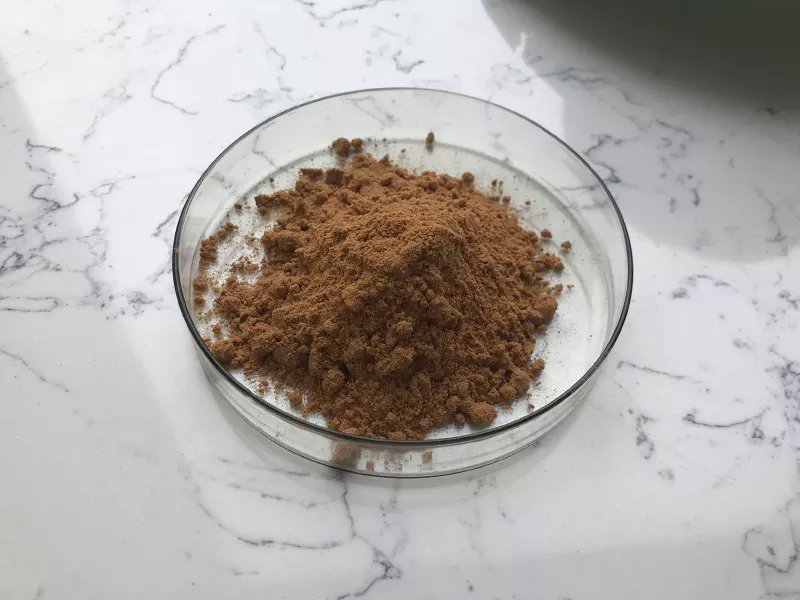 3-Amino-2-bromopyridine 39856-58-1 98%View Details
3-Amino-2-bromopyridine 39856-58-1 98%View Details
39856-58-1 -
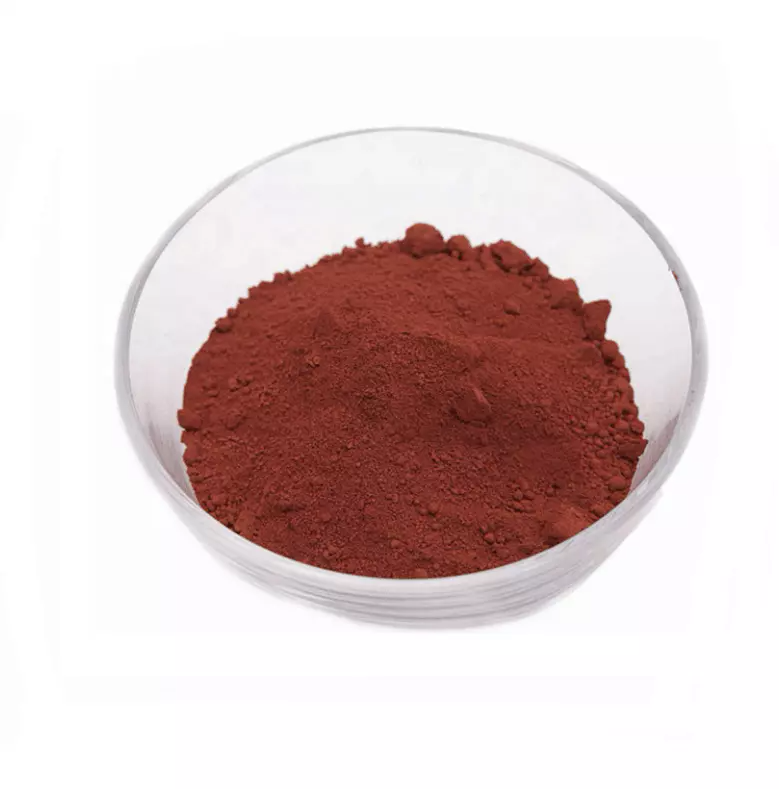 2-Bromo-3-aminopyridine 98%View Details
2-Bromo-3-aminopyridine 98%View Details -
 3-Amino-2-bromopyridine, 97% CAS 39856-58-1View Details
3-Amino-2-bromopyridine, 97% CAS 39856-58-1View Details
39856-58-1 -
 3-Amino-2-bromopyridine CAS 39856-58-1View Details
3-Amino-2-bromopyridine CAS 39856-58-1View Details
39856-58-1
Statement: All products displayed on this website are only used for non medical purposes such as industrial applications or scientific research, and cannot be used for clinical diagnosis or treatment of humans or animals. They are not medicinal or edible.